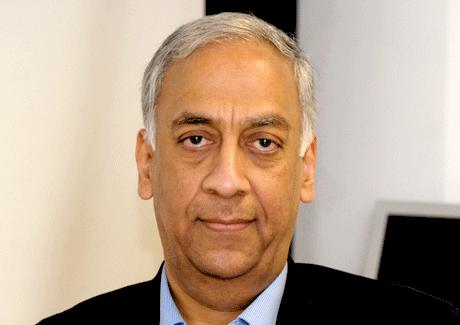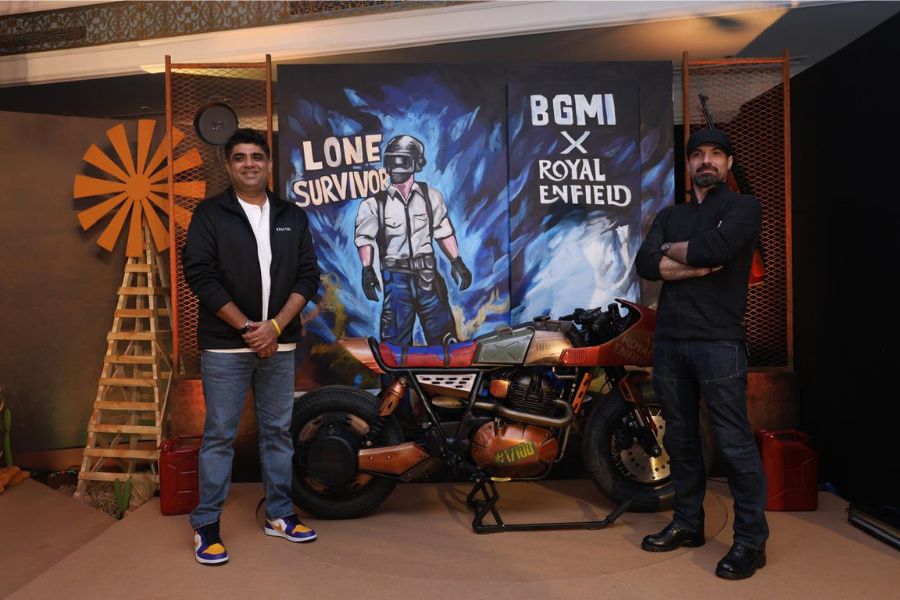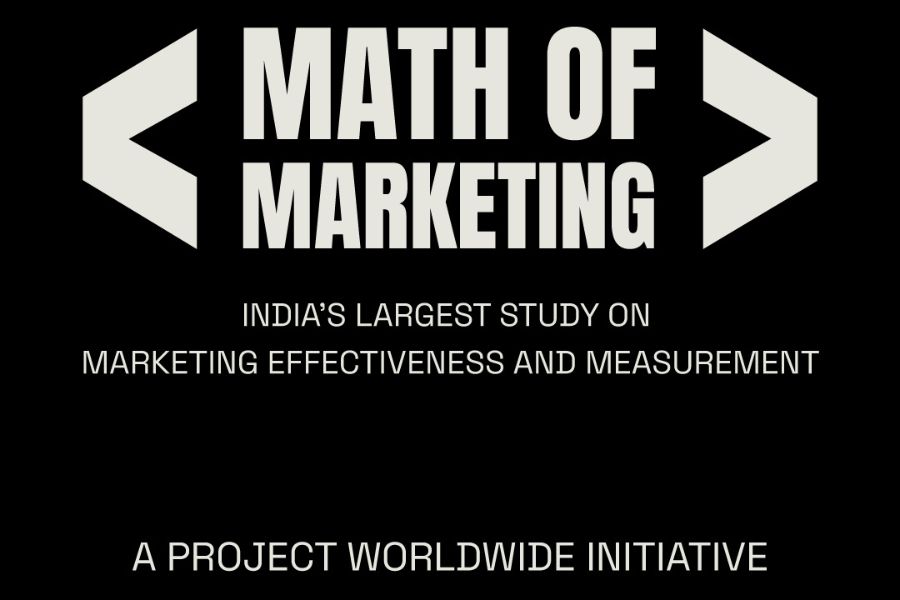“Our plan is to lead the public with new products rather than ask them
what they want. The public does not know what is possible, we do.”
-- Akio Morita, former Chairman, Sony Corp.
--------------------------------------------
The launch of the iPad2 has once again shifted the goalpost in the tablets game now being played with increasing intensity.
After selling 15 million iPads in nine months, Apple did what again what they do best: change the level of the game. iPad 2 is a product no one asked for, a better version of a madly successful product that no one had asked for in the first place. “There’s nothing you will want more and need less,” said early reviews.
We live, we are told, in a world of parity products, in which everything is the same, the differences only cosmetic. With competitive pricing and parity distribution, all that’s left to do is to make an ad that you hope will break the clutter (and your agency hopes will win at Cannes) and throw lots of media money behind it. Yet here is a brand that has been built on terminally cool products. Apple was not the first to make anything: they just made everything better and – critically – different, based on the principle that “the best tools are those that users are not even aware they are using”.
The iPod was not just the coolest device; it was the front end of a system that included iTunes. If having an iPod meant paying for downloading music, people were willing to do that too. If digital music has grown from nothing in 2001 (when iPod was launched) to a $26 billion category today, Apple has a lot to do with that.
Nor is the iPhone is not just a phone: it’s the front end of a whole ecosystem and, truth to tell, every other smartphone today is just a substitute for it. Here’s an interesting indicator of how desirable it is: according to one report, 50% of all thefts on the Paris metro are of smartphones, and 50% of those are of iPhone 3 and 4!
That’s very well, I hear someone saying, but Apple makes technology products: surely you can’t apply the same principle to everyday consumer products.
Consider Gillette, market leader for practically ever. While market leaders in many categories see shares shrink in the face of increasing competition though they remain leaders, Gillette even today has 70% of the global market for men’s shaving blades and razors. Its continued dominance has been driven not by advertising, and least of all by pricing.
Driven by its unofficial motto, “There is a better way to shave, and we will find it,” Gillette has repeatedly introduced better products to already-satisfied consumers. I’ve been through the whole gamut myself: starting as a teenager with 7 o’clock blades and a 2-piece razor, to the adjustable razor, to twin blade shaving systems from Trac II to Sensor to Contour to Mach III in its successive upgrades. Every time Gillette introduces a new, better product millions of men faithfully drop what they are using and adopt the new one. The funny thing is that each time they not only switch to a product they didn’t need, they also switch happily, in the process, to a more expensive one.
Of course you can’t just make a better blade than Mach III and expect to beat Gillette at its own game: Gillette has built an unassailable position by continuously raising the barrier to entry. Nor, for that matter, can you make a cooler phone or tablet than Apple does. Better, maybe, but not cooler: because Apple defines cool, having built an unassailable position by being consistently at the cutting edge of both functionality and design.
That doesn't mean, though, that you can’t lead with your product even today. Too many brands rely on advertising to make the difference for them. But Micromax challenged global brands slugging it out in the highly competitive Indian mobile handset market, on pricing – their most uncompetitive dimension – and shook up the market to become no. 2 to a much-diminished Nokia. Its full-featured handsets at never-before prices are supported with aggressive advertising, big media spends and big-ticket sponsorships, but the price is the differentiator. Its success has spawned me-toos, and it’s too early to say what the future holds for Micromax, but the model is certainly sustainable.
What applies to products applies equally to services, and this is a good time to cite NTT Docomo. The market leader in Japan, it had a 50% share when mobile number portability was introduced. With 90% penetration the market was already saturated, and NTT Docomo had everything to lose. They shifted their focus entirely from acquisition to retention, fundamentally revamping all aspects of service to give customers no reason to want to switch – and successfully held share. With mobile number portability coming into India, all operators are in acquisition mode: which is fine, since none of them is dominant in any circle, but all of them seem to have taken retention for granted.
No doubt it is not enough to “build a better mousetrap”; it has to be marketed effectively. While Micromax outsources the product and focuses on marketing, Tata Motors developed and built the Nano ground-up to hit a price target and took marketing for granted. The results of both speak for themselves.
If there is a lesson in all this, it is that even today clear leadership is built the old-fashioned way: by delivering real value to customers, based on sustainable competitive advantage. That means, delivering better products or services as well as connecting effectively with your customers.




